Every two weeks I email out a notice about my wine blog – Vino Voices. This goes to a list of friends and wine lovers which grows slowly over years.
I also write short online articles for Forbes. My readership of those posts is greater than those who read this blog. Yet I decided to continue writing this independent blog – separate from Forbes.
Why? Because you followers have read me through the years. I want to provide you with fresh material that is informative and useful. Although this takes time, it’s satisfying. I appreciate your readership. Bottom line: thanks for following this blog through the years.
This week: Langhe and Napa…
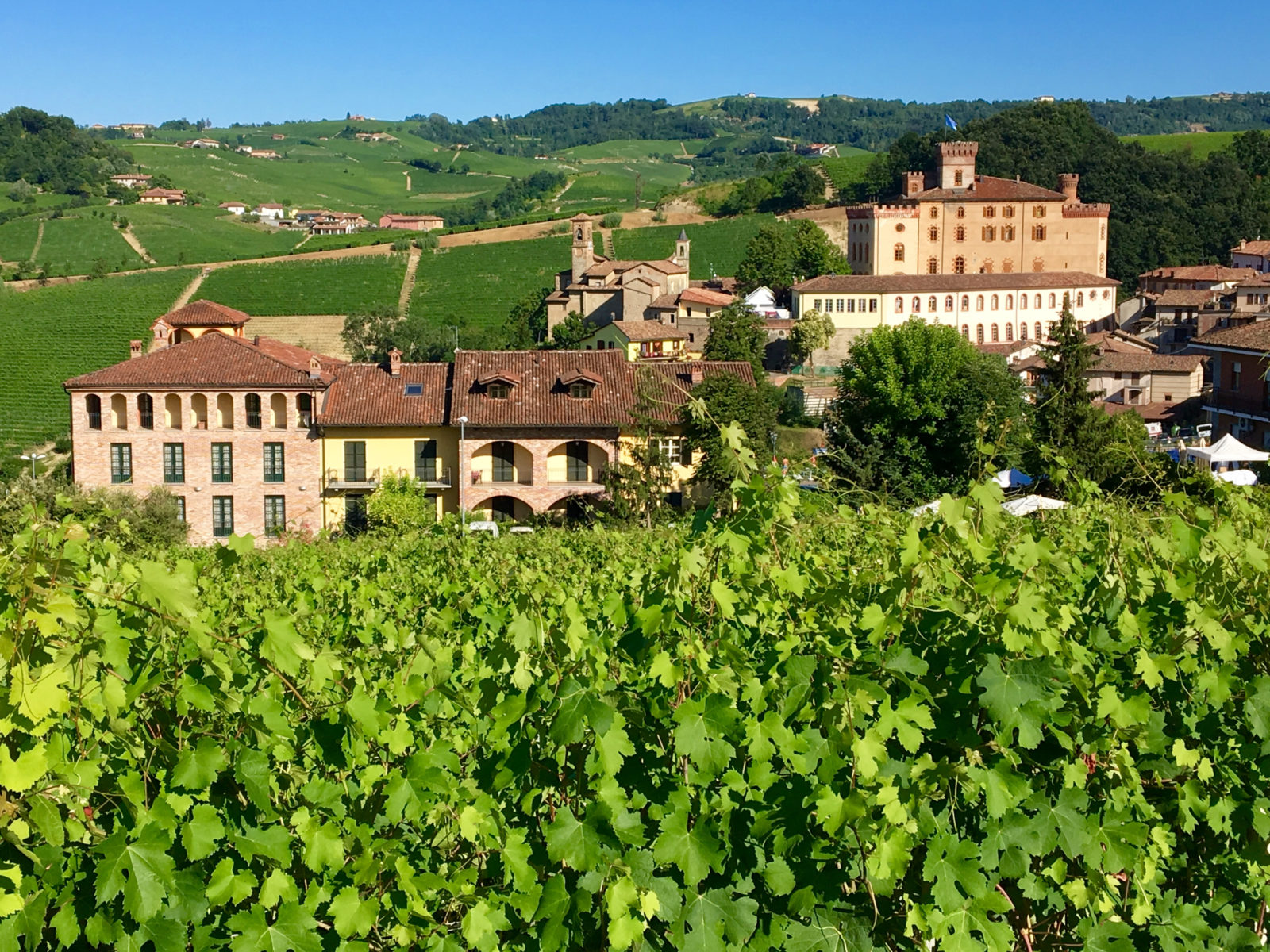
Piemonte, or Piedmont in English, means “foot of the mountain” when translated from Italian. It is the second largest of 20 separate regions that make up the country of Italy. This parcel of land with close to 5 million people sits in the northwest of the country – inland from the Mediterranean and south of the Italian Alps.
The Piemonte region is further subdivided into 8 provinces. One in the southwest corner is named Cuneo. Within Cuneo is a region known as Langhe. This, translated, means “the tongue,” perhaps a reference to a spit of geological outpouring, a wash of ancient soils.
In 2014 a total of five regions, including much of the vineyards of the Langhe-Monferrato region, were designated as UNESCO World Heritage sites. This increased the number of such sites within Italy to 50 – a greater number than for any other country.
The Langhe is home to famed wines produced from the Nebbiolo grape – Barolo and Barbaresco, as well as from another red grape – Barbera, and the sweet bubbling Moscato d’Asti made from the white Moscato grape.
This land bubbles with hills, each dotted with ancient castles. The region has a reputation for astounding food: hazelnuts grow close to vines, wild boars that provide cinghiale meat roam hillsides, and cheeses and breads here are outlandishly tasty.
Within the Langhe different towns sit on their own hilltops. These include locales we visited: Barolo, La Morra, and Montforte d’Alba.
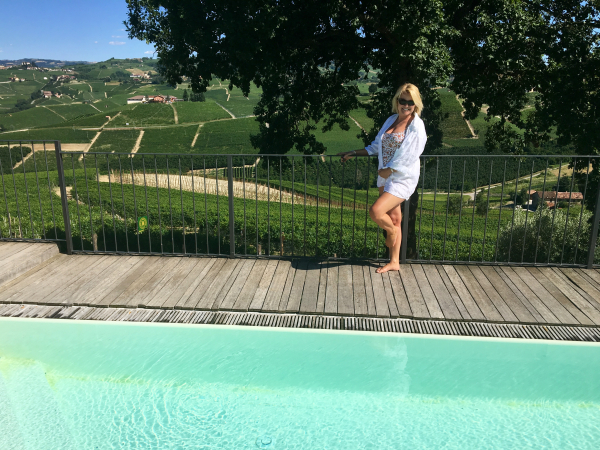
Last week I visited with friends. While driving, one asked me to compare the Langhe region to the Napa wine region in California in the U.S. I am no great fan of Napa, thinking their wines generally overpriced and overoaked. However I do consider Napa an attractive location. Considering its reputation in the world, I deliberated the question and found some general comparisons.
There’s a sizable difference in size between these two regions. The Langhe includes some 3,300+ acres under vine, whereas Napa has some 45,000+ acres under vine.
Just as Napa is one American Viticultural Area (AVA) with 16 sub-AVAs, the Langhe includes its own divisions – but these are more complex, and accord to grape types produced as well as the quality of resultant wines (the governmental designation of the highest quality wines – DOCG, or Denomanazione di Controllata et Garantita – is applied generously, and deservedly, to the Langhe). Both Napa and the Langhe are vine lands interposed with what were once villages with smaller populations – Oakville and Yountville in Napa, for example, and La Morra and Barolo in the Langhe. But whereas Napa is generally a linear, broad bottomed valley accessed via two semi-parallel roads, the Langhe is topographically more complex – with multiple hills circled by swirling valleys accessed via dipping, switchbacked roads.
Villages in Napa and the Langhe were traditionally farming communities, bonded to neighbors through trade. But to protect themselves from sword wielding invaders, each castled hilltop in the Langhe retained agricultural independence in case of attack or siege.
Both locales include hot, hilly terrain influenced by cool maritime influences – the Pacific Ocean to the west of Napa, and the Mediterranean south of the Langhe. Both have soils that were once ocean floors – lifted to dry land some 150 million years ago in Napa, and 30 million years ago in the Langhe. Whereas Napa is known for its Cabernet Sauvignon, the Langhe has its famed Nebbiolo grape – both of which produce tannic bold wines that command stiff prices due to limited production and cachet.
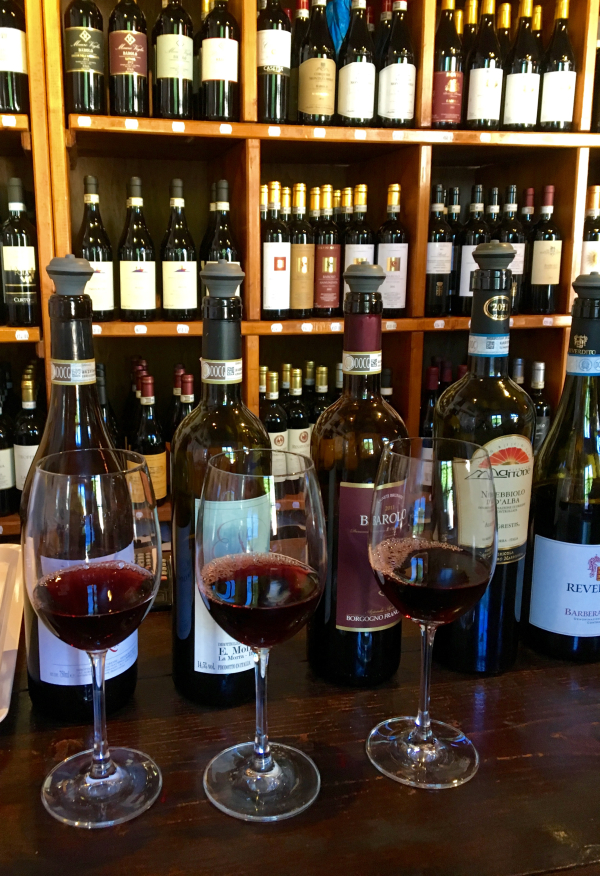
The food is legendary in both places. In Napa the tradition evolved more recently when increased wealth provided visitors who could pay steeper prices, luring in Michelin quality chefs. The Langhe has a longer and more traditional culinary history filled with natural bounty – truffles, rich cheeses, hazelnuts and soft breads beyond description.
Our time there was scant. The only tasting of Barolo we had time to enjoy was at 10.30 am. I happily obliged, as did my colleagues (except the driver) and none of us spit out what we drank. When in a gold mine, enjoy the gold, as we did by swirling and comparing the Barolos we liked best. The surprise – and it was large – was the cost, which appears to have diminished since I last visited almost a decade ago: now 21 to 35 Euros buys a bottle of extremely decent wine, a bargain from a collective group of producers based out of locales such as La Morra (which produces one third of all Barolo wines).
I first visited Barolo eight years ago and was given a vertical tasting of some amazing wines by a local winemaker. Since then I’ve had an affinity for this land. Do I have a preference between Napa and the Langhe? Good question. In order to decide, perhaps it would be best to visit both locales again to drink wines and eat local foods. Twist my arm.
Click here to read my latest Forbes posts.
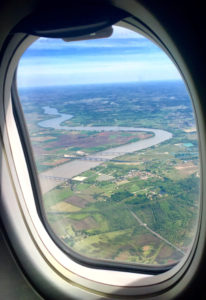
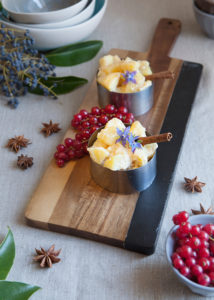
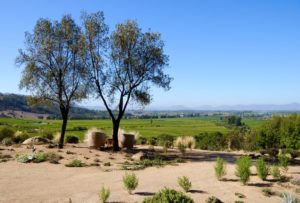
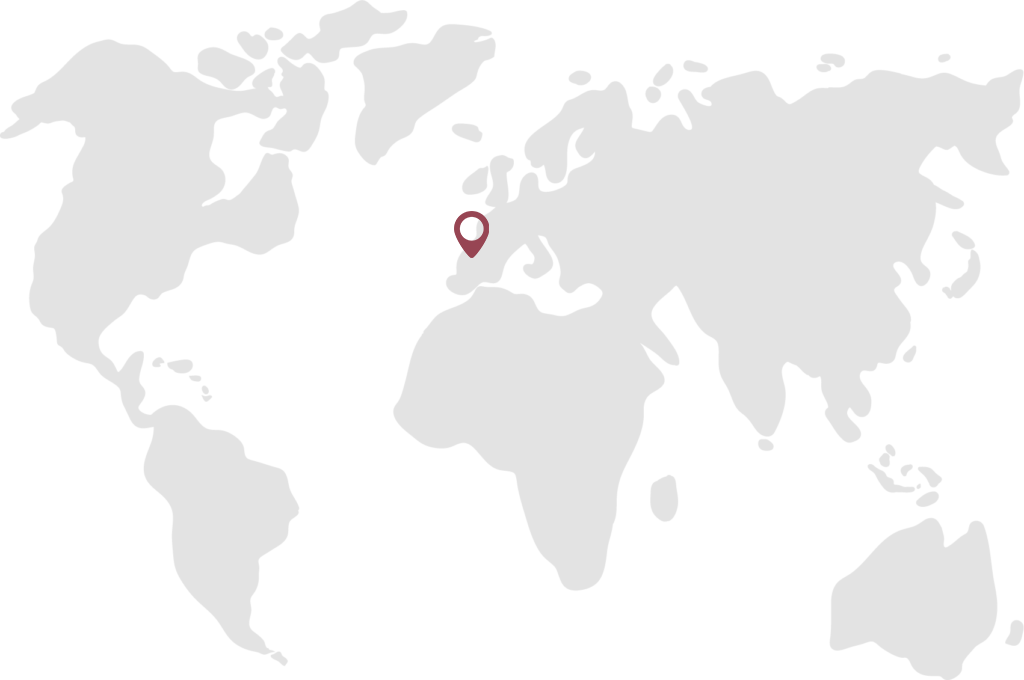
Mark Salinas - President World and Wine Getaways
20 Jul 2016Thanks so much for your comparisons of these 2 reknowned regions. I haven’t been to the Langhe region of Italy, but I have been to Tuscany. It seems greener in Langhe. But they both have towns that sit on hilltops e.g. Montepulciano, Montalcino, Siena
vinoexpressions
20 Jul 2016You are exactly right Mark – there are great similarities between Piemonte and Tuscany. I think the hills of Tuscany are further apart from each other in general, but they have the same medieval setups intended to defend their territories. Barolo is not as easy drinking as Montepulciano or Brunello, though this time I found some that are smoother, and less expensive than anything I had tasted of Barolo before. You shall have to visit! Thanks for tuning into this blog and adding your input from experience. Best – Tom
jlcollinsnh
20 Jul 2016My dear friend and wine aficionado, Joe F., passed away last year.
Over the 30 years we were friends, he worked for me and I worked for him. Together we entertained countless clients and Joe always chose the wines.
His favorites trended toward the Nebbiolo grape’s Barolos and Barbarescos, and he never chose a bottle I couldn’t happily swill down.
Now, whenever I have one of these, I drink a silent toast to him and curse that he died so young.
Great post, as always. Thanks for keeping this blog alive!
vinoexpressions
20 Jul 2016Jim –
Here then, is to Joe F. – obviously appreciative of wine and life. And here is to those who not only drink good wine, but have the time to sit down and read about the colorful places in the world that produce it, and the characters who toil to produce beautifully bottled sensations…
To good wine and good friends!
mywinechannel
31 Jul 2016I love your writing. And I love more that I have the same opinion as yours on Napa. Beautiful panoramic views, but over value Wines with no logic sense. A great French winemaker one day said “when I want a glass of wine is because I like to taste the fruits, if I need wood I’ll go and chew some”
When I moved to CA I felt in love with Amador County. With the rolling Hills it reminds me the foothills of Toscana and Piemonte. It might not be as popular as Napa and Sonoma but definitely is making wine at their level.
Lorenzo @ Andis Wines
vinoexpressions
1 Aug 2016Lorenzo –
Nice to hear from you, and thanks for signing up for Vino Voices! You have an advantage coming from Tuscany in that you will be able to sample California wines in a different comparative light. I agree that many excellent wines are a little ‘off the beaten track’ and well worth sampling. Amador County sounds intriguing – moving away from Zinfandels and using some Sangiovese grapes also. Enjoy your time there, and fresh discoveries!
Tom M.
topochinesvino
11 Aug 2016This is a great article – and I’ve enjoyed also connecting to your Forbes posts. I live in Napa, though, and want to take PARTIAL exception to the comments about the wines. You are 100% correct that too many places here have fallen victim to the 100% new oak and other manipulations of the wine that go on in the cellar after the grapes are crushed. And God knows the $800 price tag for a bottle of 2013 Harlan Cab is a crime. BUT …there are so many places here making great wines, with restrained styles, at reasonable prices. We have a wine country blog and we talk about some of them here: http://www.topochinesvino.com. Would be honored if you’d check it out.
Keep up the kick ass writing, I’m learning a lot.
vinoexpressions
11 Aug 2016Aha! Just what I wanted – a bit of a Napa rebuttal to my comments. Nice to hear from you John. Yes, my somewhat blanket statement toward Napa may be undeserved, so I look forward to THIS: I Come and Visit, You show me some Ass Kicking Wines at (relatively) reasonable prices, and then I am so Blown Away that we spend days or weeks of the following summer (or fall, or winter, or spring – life is brief, take your frickin’ pick) in Right Bank Bordeaux country sampling some similarly Head Spinning Quality wines at prices so low you think you’ve entered an Alternate Reality. In other words – Good to Meet YOU. Let’s meet and sample some Vintage Treats Together Soon. Sante.
topochinesvino
11 Aug 2016Just tell me when you’re visiting and I’ll throw the visit list together. Seriously. Right Bank Bordeaux sounds splendid as well. Might need to check the calendar for conflicts.